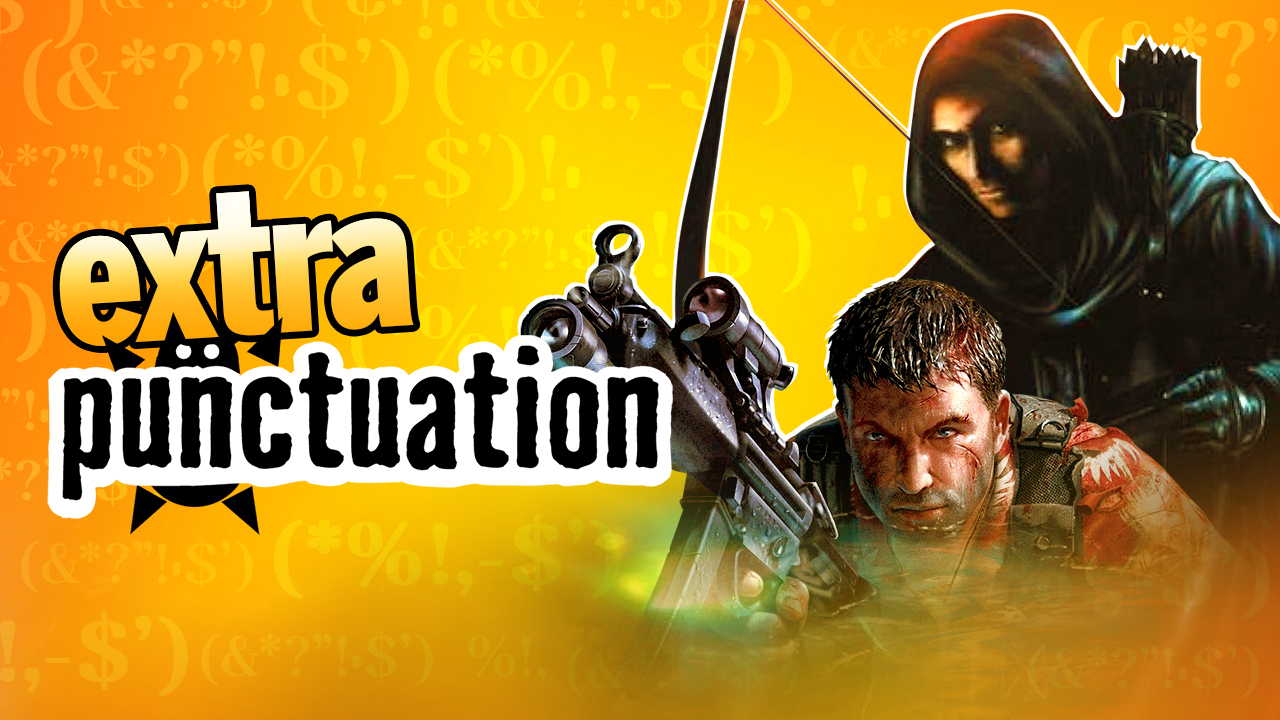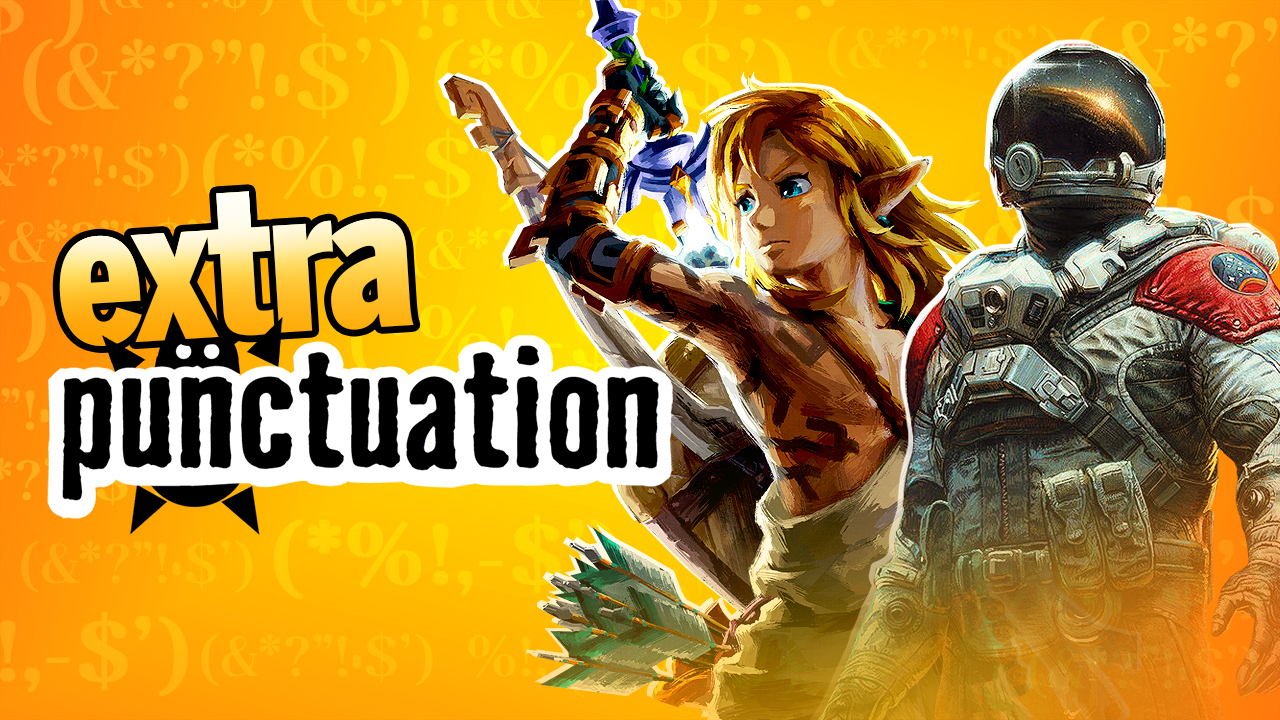
So those familiar with my work outside rambling columns and sweary videos will know I’m a hobbyist solo game developer, and last week I released a beta for a Roguelike survival horror concept I’ve been working on for a while, called The Consuming Shadow. A product of a series of torrid love affairs with procedurally-generated indie games, like FTL: Faster Than Light, Rogue Legacy, and The Binding of Isaac. Feel fee to download it from my personal site, and let me know what you think.
I’m not entirely sure why procedural generation started appealing to me so much. It could be related to how I found appeal in extremely hard, fast-paced games like Super Meat Boy. I seem to like games in which you throw yourself at a problem over and over again in multiple short playthroughs and quickly move to the next with each death (see also Hotline Miami). And when procedural generation is thrown into that mix, I can enjoy that kind of challenge while always experiencing new things, whether it be different story events or different random gameplay elements that change the nature of the challenges.
But what I specifically want to address in this column is something that a couple of correspondents have called me out on, and that’s that Consuming Shadow has a couple of features that, in past installments of this very column, I have railed against. Namely, random dungeons and randomness in general, and sanity meters in horror games.
Well. I reserve the right to change my opinion, I’m not an Easter Island head. Looking forward to changing my opinion on next-gen consoles just as soon as you stop proving me right all the time, lads. Above all else, you must be open to being persuaded, otherwise you turn into one half of a shouty Fox News debate that goes absolutely nowhere.
And the simple answer is, I’ve changed my mind about randomness. Sometimes it works and sometimes it doesn’t. It works in games you’re intended to play over and over again. It means having to learn how to be skilled at the game, rather than simply memorize each level and the best approach. A computer program can easily get through a fixed level if you simply hard-code the exact sequence of movements required. When it changes each time, you have to adapt and use the more creative parts of your brain.
I think it was when I was talking about Diablo 3 that I argued against randomly-generated dungeons, stating that a lack of design makes such things insipid. I’d still argue that to be true, because the point is, randomness works in games designed for multiple short, repeated attempts. In Diablo 3 they are part of a single, very very long campaign. Any equipment, experience or bonus you acquire from a random dungeon is something that has to go towards the remainder of that campaign, and it can be frustrating to get unlucky rolls of the dice that you then have to live with. Whereas, in games like FTL, playthroughs are shorter, so bad runthroughs (a) are over a lot faster and (b) provide important worst-case-scenario training.

And then there’s sanity meters. I once expressed that I’d rather a game didn’t use stats to explain how I should be feeling emotionally, and the problem with games like Eternal Darkness where sanity is a resource that goes up and down is that it’s a rather mechanical approach to something unquantifiable. And when the game has sanity effects, such as blurry screens and funny noises and pretending that insects are crawling on the camera lens, they lose their impact once you’ve gotten used to it.
I added a sanity meter to Consuming Shadow because I wanted to give a sense that the journey your character goes on is constantly wearing them down, even while medkits and hospital visits routinely restore them to full health. So there are plenty of things that chip away at sanity, but there are very few things that restore it. You can inject recreational drugs to numb yourself to the horror and receive a big sanity boost, but that gradually trickles away over time, and each time you inject yourself you build up more of a tolerance and get less of an effect. If memory serves, the only thing that actually restores sanity is an encouraging text message, but those are random. Whoops, tell a lie: also if you attend an inspiring church service in one of the random road events.
The other important thing was that low sanity should actually create problems. The thing about Eternal Darkness is that it had clever notions to pretend it was deleting your saves or have the main character sink into the floor or explode, but once I understood that these were sanity effects, I felt more motivation to go around with as low sanity as possible to see if I could trigger new ones I hadn’t seen yet. I thought they were fun to watch, and they had no lasting effect. It was like collecting trading cards.
But I felt low sanity is something the player should want to avoid. The random monster spawning in Consuming Shadow created the issue that you can avoid having to fight anything by leaving and re-entering the room each time a monster spawns, so I made sanity go down if you run away from them. A mechanic which only works if sanity loss is an effective punishment.
To that end, sanity effects are deliberately designed to be a nuisance. Illusory monsters spawn, upon which you can potentially waste bullets before they disappear. Menu options outside of dungeons randomly change to ‘Shoot Yourself’ in such a way that you can very easily click them accidentally, and the less sanity you have the harder it gets to wrench the gun away from your head in the suicide minigame. Being insane becomes a struggle for control with an alien part of the mind.
Some testers have expressed frustration at dying from suicide after coming quite far. Well, good. That’s the idea. Maybe next time try clinging onto your sanity for longer. Take more drugs. They’re good for you.
Yahtzee is a British-born, currently Australian-based writer and gamer with a sweet hat and a chip on his shoulder. When he isn’t talking very fast into a headset mic he also designs freeware adventure games. His personal site is www.fullyramblomatic.com.




Published: Dec 3, 2013 05:30 pm